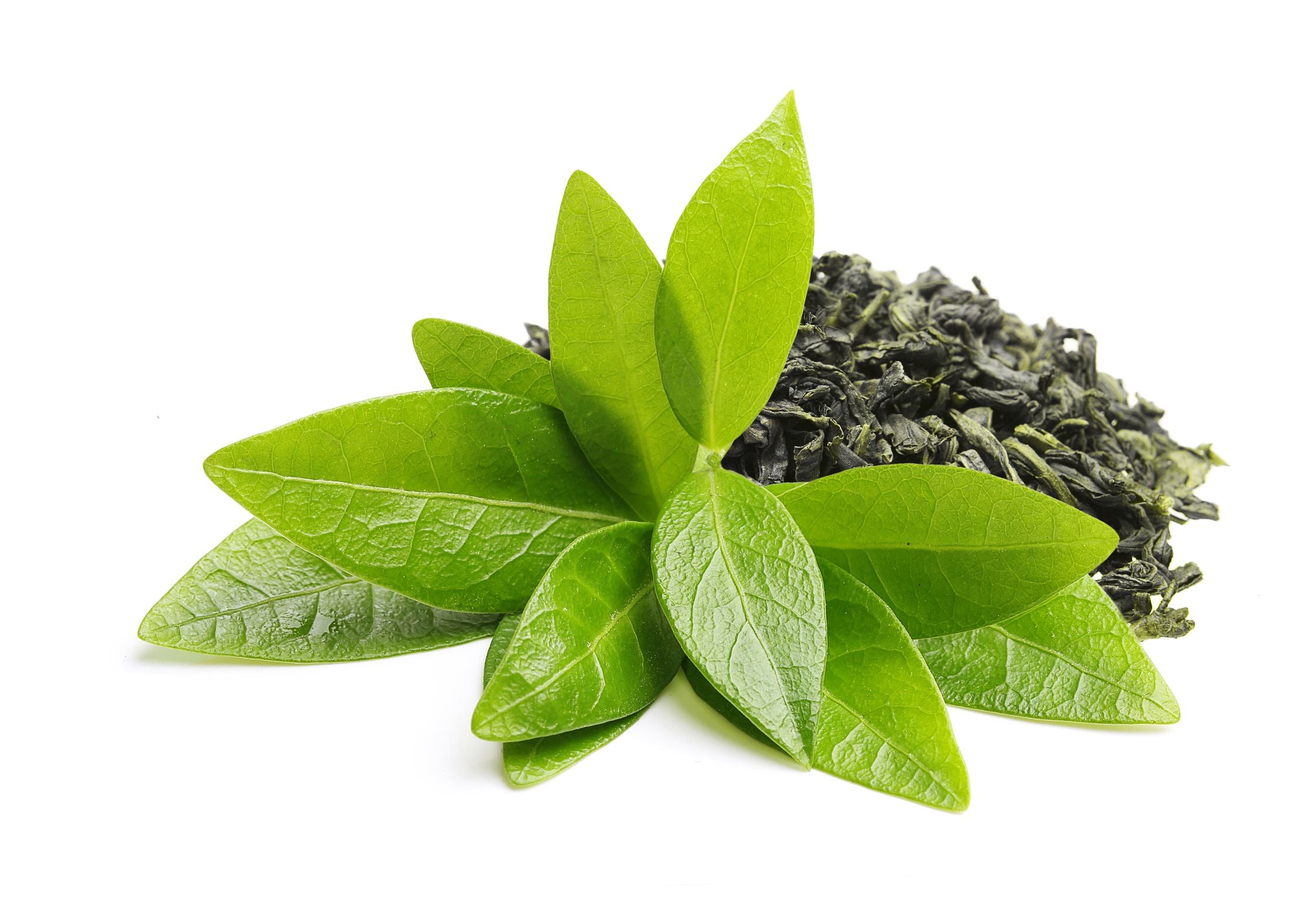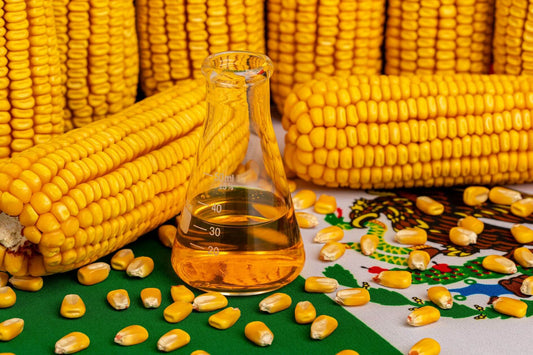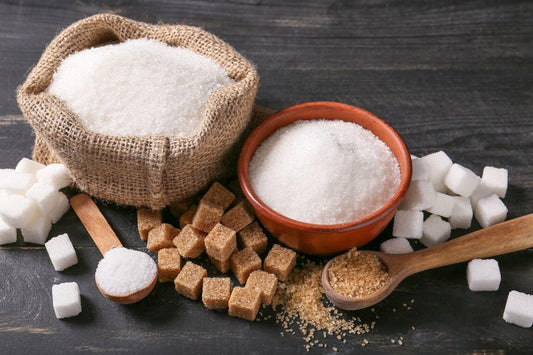In recent years, tea has been outperforming carbonated soda drinks and giving coffee a run for its money. While soda consumption has been on a steady decline since the late ’90s, the tea industry has blown up—from $1.8 billion in 1990 to $13.5 billion in 2021!
According to the Tea Association of the USA, tea is the second-most-consumed beverage in the world, (after water), and it’s found in 80% of US households. Experts believe the popularity of tea will only continue.
The Upward Trend of Tea Consumption in the United States
Soda has long been one of the most beloved drinks in America, so its declining sales have come as a surprise to many. Some analysts correlate the decrease in soda consumption with an increased awareness of obesity and growing health consciousness in the early 2000s. Tea, on the other hand, is considered a guilt-free beverage option. Its benefits include boosting the immune system, fighting infection, and being loaded up with antioxidants.
Health-conscious millennials and Gen Zers have taken note of tea’s attractive qualities. A survey conducted by YouGov revealed that consumers from ages 18 to 29 are evenly split between their preference for coffee and tea; 42% prefer coffee, while 42% prefer tea.
Among beverage companies, tea has been developed into more than just a single-use tea bag. Now aisles in supermarkets and gas stations carry prepackaged tea in cans and bottles. Coca-Cola recognized years ago that tea was the new hot beverage to invest in, creating not one but two tea brands: Golden Peak and FUZE (which reportedly earn $1 billion in revenue).
Tea Farming Is the New Industry
Learning how to grow and process tea is challenging, yet over the past decade, more and more tea companies have started to tackle the trials of the tea industry. There are key benefits to becoming a tea farmer:
- The tea-growing industry is easy to enter. There are just a few farms in a handful of states, with the highest concentration of farms in Hawaii; its mineral-rich soil from volcanic ash makes it a perfect place to grow tea. With the minimal competition, start-up tea farms can develop their growing methods at a steady pace, without the fear of getting pushed out by a large corporation.
- Tea can be grown in different climates. Different environments require their own sets of processes to cultivate tea leaves, so there are options to grow everywhere.
- You don’t need to invest in a large area of land. On one acre, 6,000 tea bushes can be planted. If tended to properly, that would yield tea leaves for hundreds of years to come.
- Tea farmers are not limited to predetermined flavors. The options for tea flavors run the gamut, from floral to bitter to smoky. While green tea has been enjoying the spotlight for some years (the Washington Post notes that consumers drink 40% more green tea now than in 2000), it’s the variety of tastes that consumers find appealing.
Tea has a huge audience. It’s a sugar-free alternative to soda and sugary coffee drinks. Plus, tea boasts a rare quality: It’s the only beverage that can be drunk morning, afternoon, and night without ever repeating a flavor.








